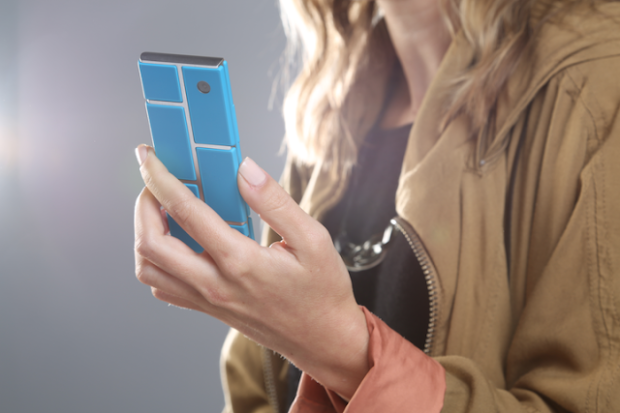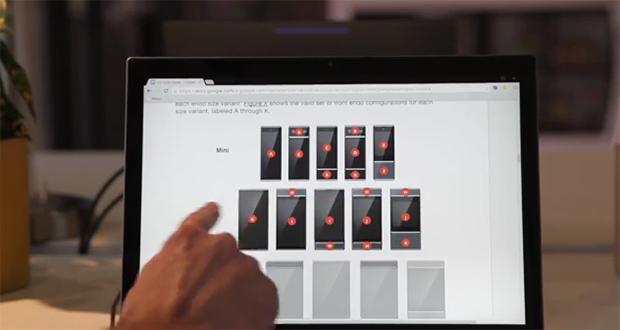 Less than two weeks before the first Project Ara Developer Conference, the Phone bloks team has released a new video that provides an introduction to various members of the Project Ara team and sheds more light on the modular smartphone itself.
Less than two weeks before the first Project Ara Developer Conference, the Phone bloks team has released a new video that provides an introduction to various members of the Project Ara team and sheds more light on the modular smartphone itself.
One area that the video focuses on answers a question that many have had since Project Ara was first introduced: How will the phone keep its modules from falling out? In the video, Google shows how electropermanent magnets will be used to lock modules onto the endoskeleton (or endo for short). A short electrical charge will be used to turn the magnets on or off. Essentially, if the magnets are off, the modules will be easily removable. Once on though, they will securely hold the modules in place. The locking and unlocking of modules will be managed by an app.
The video also sheds more light on the endos upon which modules will be attached. The smallest one will sport a 2×5 grid pattern, the medium one a 3×6 one and the largest a 4×7 one. Obviously, the larger the endo, the greater the number of possible permutations.

It’s also clear from the video that a lot of work remains to be done. For example, the team is still working with large processor boards as they figure out how it will all work together and a lot of renders and prototypes that show how things will end up looking.
Project Ara is aiming to have its first modular phones out by Q1 2015. A base model with only basic functionality could sell for as low as US$50 but will likely not even come with cellular connectivity at that price point.
The first Project Ara Developer Conference will take place on April 15 and 16, 2014. Aimed primarily at developers, it will focus on the alpha release of the Ara Module Developers’ Kit (MDK) and show developers how to develop an Ara module.
If nothing else, it does appear that Google is making real progress in turning something that seemed a pipe dream not so long ago into reality.
Source : Engadget
